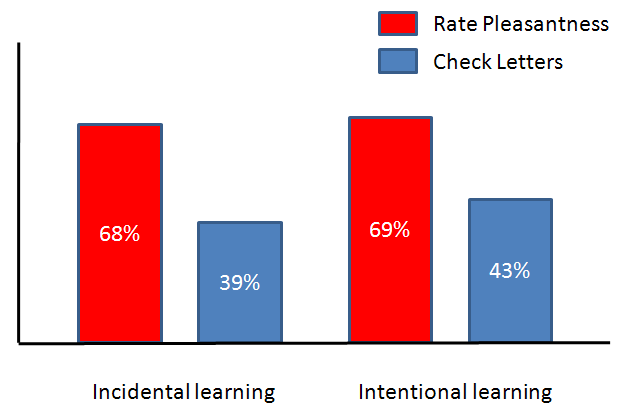 Functional magnetic resonance imaging, better known as fMRI, is 20 years old this week. October’s NeuroPod marks the celebrations by looking back at the brain scanning technology, it’s successes, and its troublesome teenage years.
Functional magnetic resonance imaging, better known as fMRI, is 20 years old this week. October’s NeuroPod marks the celebrations by looking back at the brain scanning technology, it’s successes, and its troublesome teenage years.
The imaging technique was first announced in a 1991 study published in Science that announced how a standard MRI scanner could be used to used to track where oxygenated and deoxygenated blood flowed in the brain.
The technique takes advantage of the fact that haemoglobin, the iron containing protein that carries oxygen to essential tissues in the body, is differently magnetic when it is carrying oxygen, in comparison to when it is oxygen depleted.
The scanner is essentially a large electromagnet that aligns the proton spin of hydrogen atoms in the body, plus a radio frequency pulse that knocks them out of alignment.
Like shaking a compass, the protons move back into alignment again. The speed of return depends on the density of the body tissue, just like the speed of a compass needle returning to north depends on the density of the liquid in which it rests.
fMRI tunes in to the different magnetic echoes, or more technically, the magnetic resonance, of the protons realigning in oxygenated and deoxygenated blood.
As more active brain areas need more oxygenated blood, it’s possible to infer which tasks or mental activities are most associated with activity in certain brain areas by statistically comparing maps of magnetic resonance differences when people undertake different mental tasks in the scanner.
Although the technique can pinpoint where these changes take place in the brain, down to about the nearest millimetre, blood flow is not the same as actual brain activity, so it is not a precise measure.
Furthermore, changes can only be tracked in time slices of a second or more, clearly missing some of the changes in the fast moving brain, and statistical choices during analysis can affect the outcome sometimes as much as the task itself.
But despite the disadvantages, and with data from other types of study and imaging techniques, fMRI has become an essential scientific tool in the quest to understand the link between the mind and brain.
The piece has interviews with neuroscientists Karl Friston and Russ Poldrack, both involved in fMRI since its early days, who talk about the genuine progress and unfortunate hype that surrounds the technique.
A fantastic look back of the first two decades of fMRI and the other sections of the NeuroPod podcast are equally as interesting.
Link to October’s NeuroPod.
 The latest edition of The Psychologist has a fantastic
The latest edition of The Psychologist has a fantastic  A new
A new  No celebrity disaster is too tragic to remind us of an interesting fact about cognitive science. Some lowlights from the genre.
No celebrity disaster is too tragic to remind us of an interesting fact about cognitive science. Some lowlights from the genre.

 There’s an excellent interview with Steven Pinker on the BBC Radio 4
There’s an excellent interview with Steven Pinker on the BBC Radio 4 



 I’ve written an in-depth
I’ve written an in-depth  We’ve covered The Technology of Orgasm
We’ve covered The Technology of Orgasm  The New York Times has an
The New York Times has an  Perhaps the most complete scientific review of what we know about synthetic cannabis or ‘spice’ products has just
Perhaps the most complete scientific review of what we know about synthetic cannabis or ‘spice’ products has just